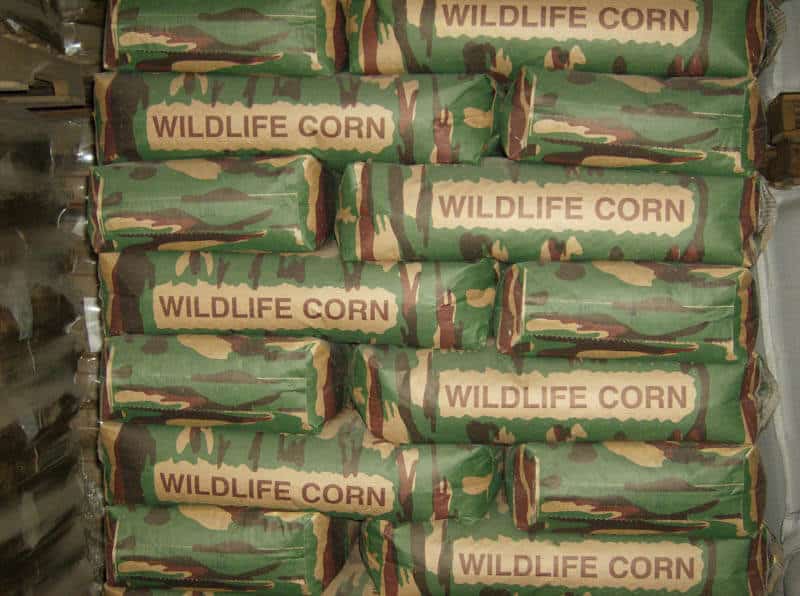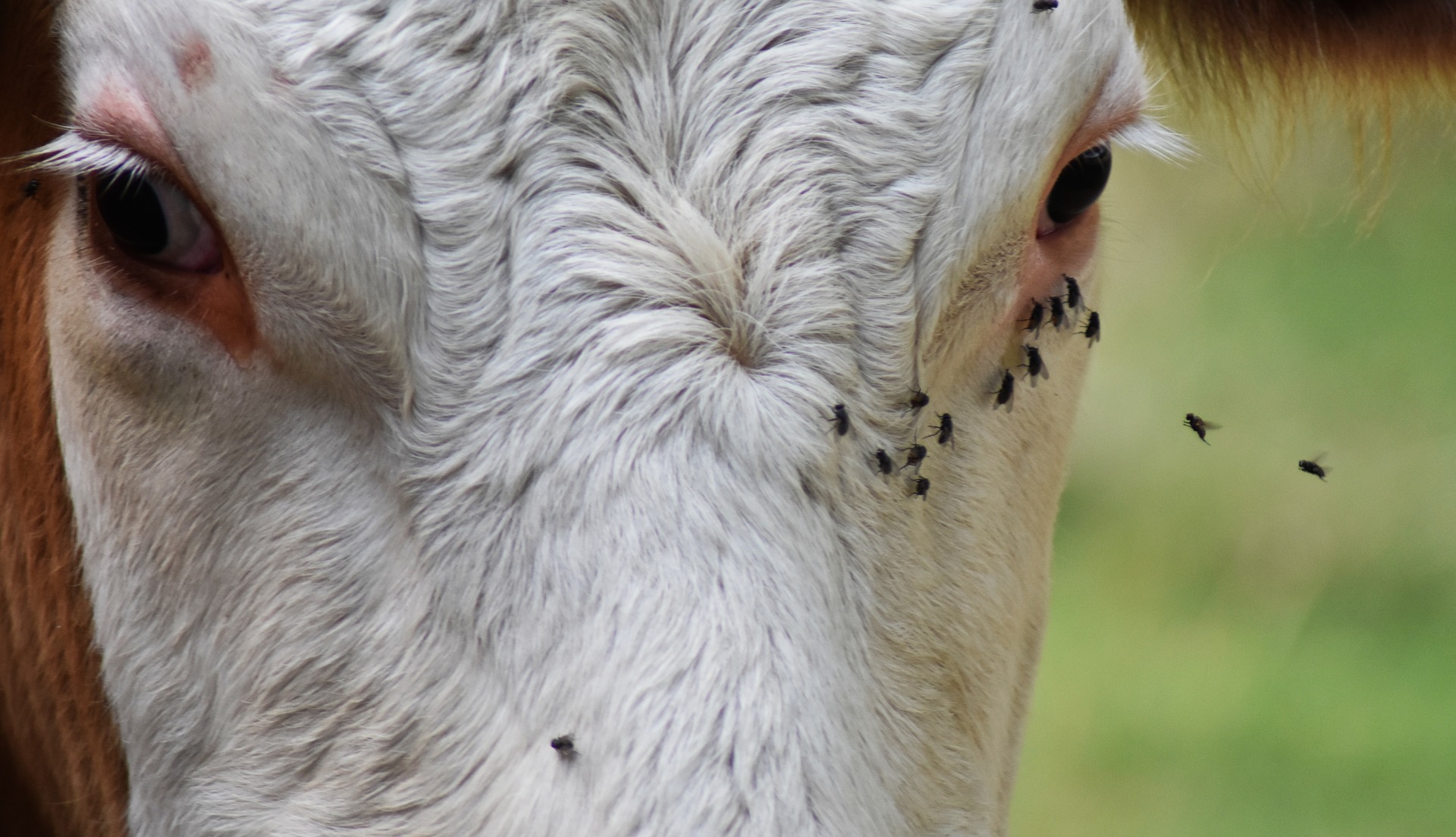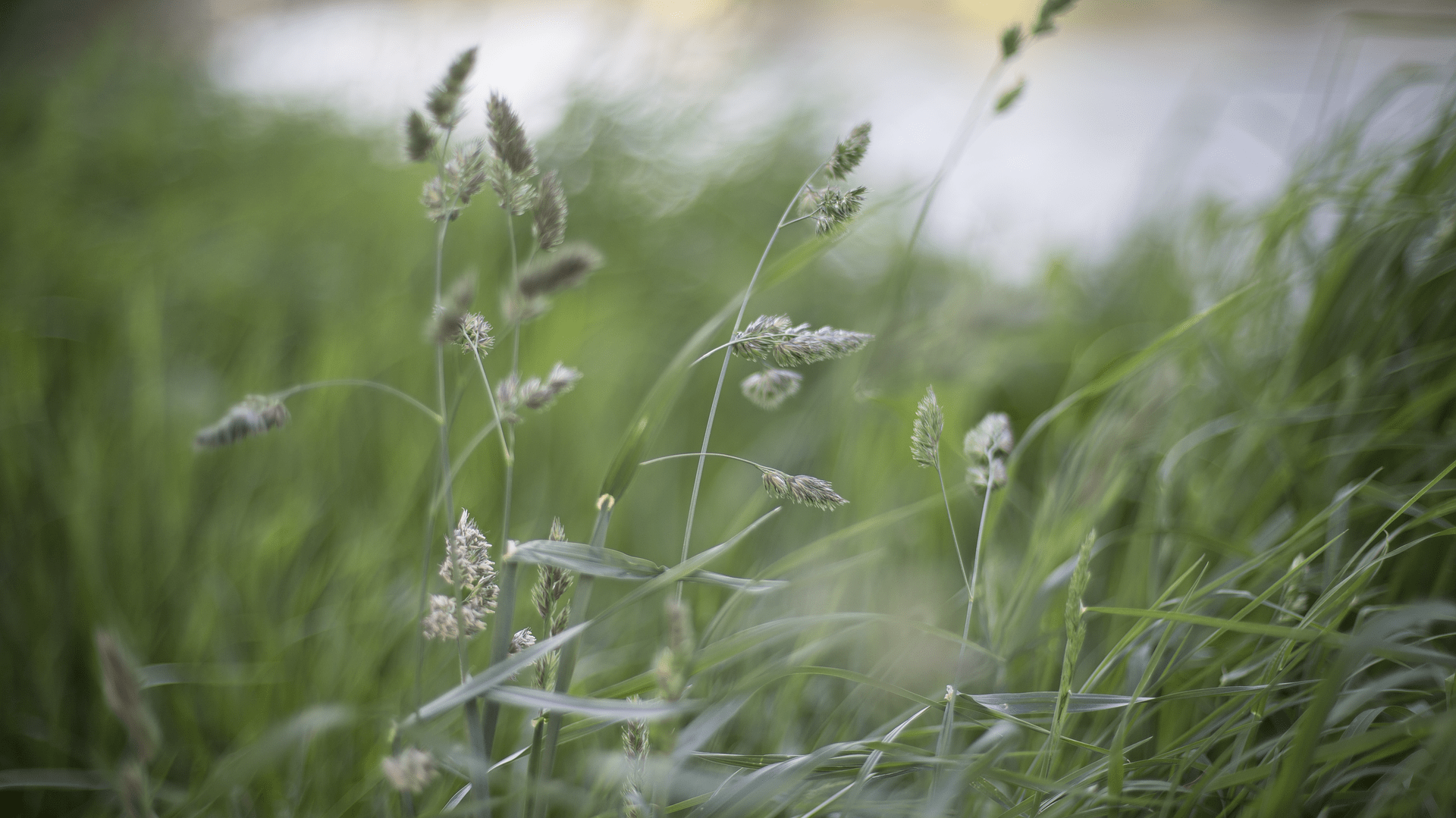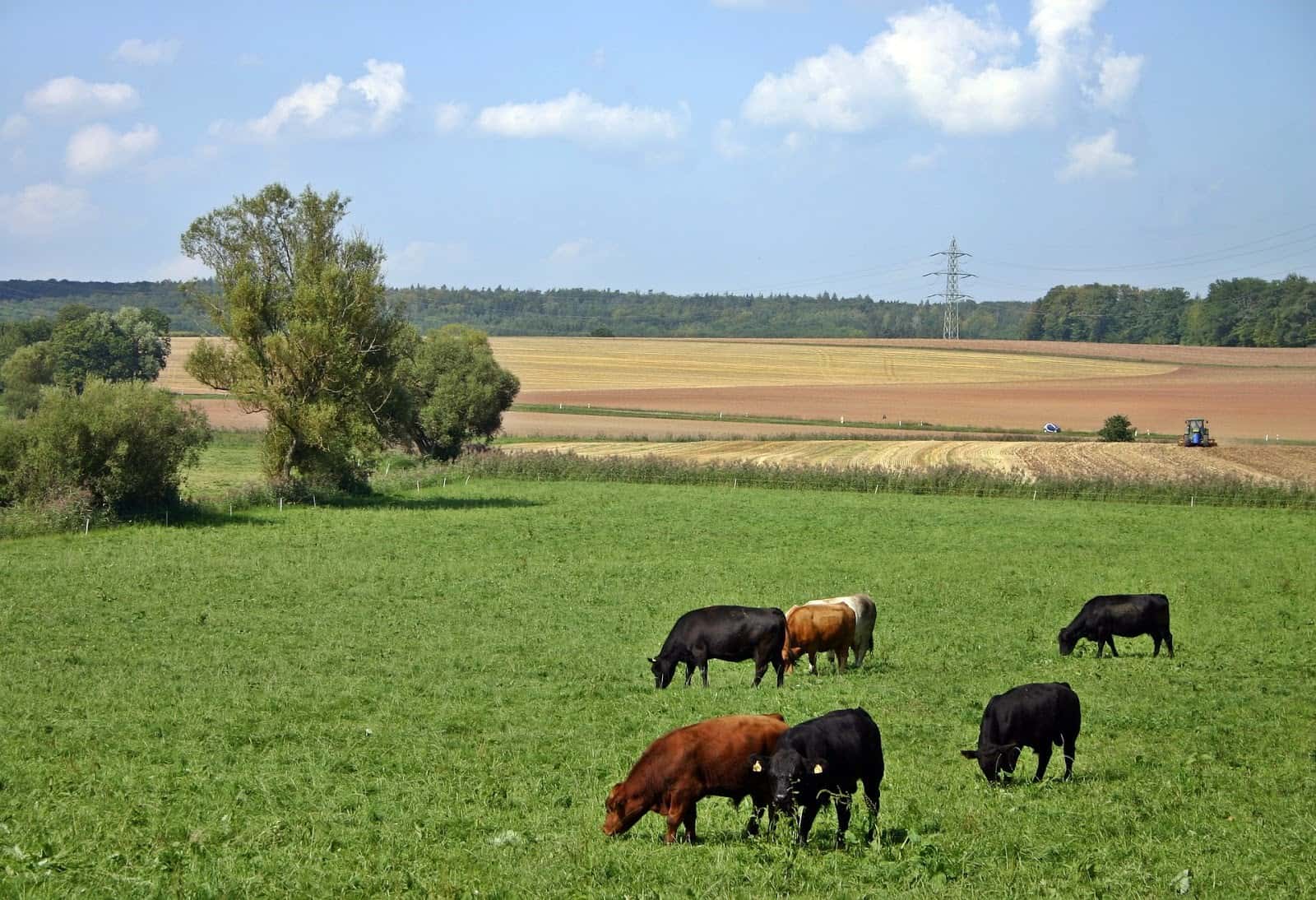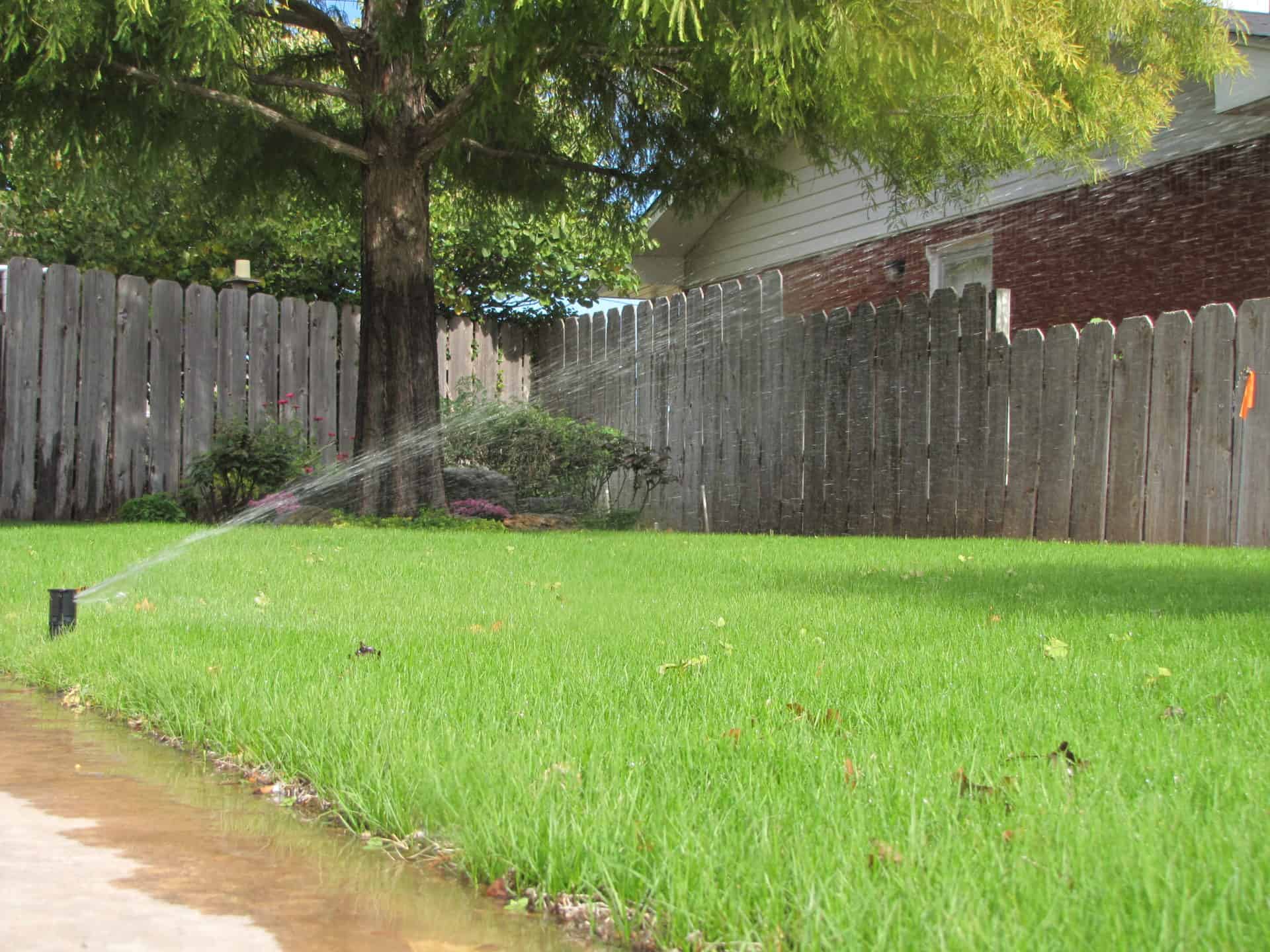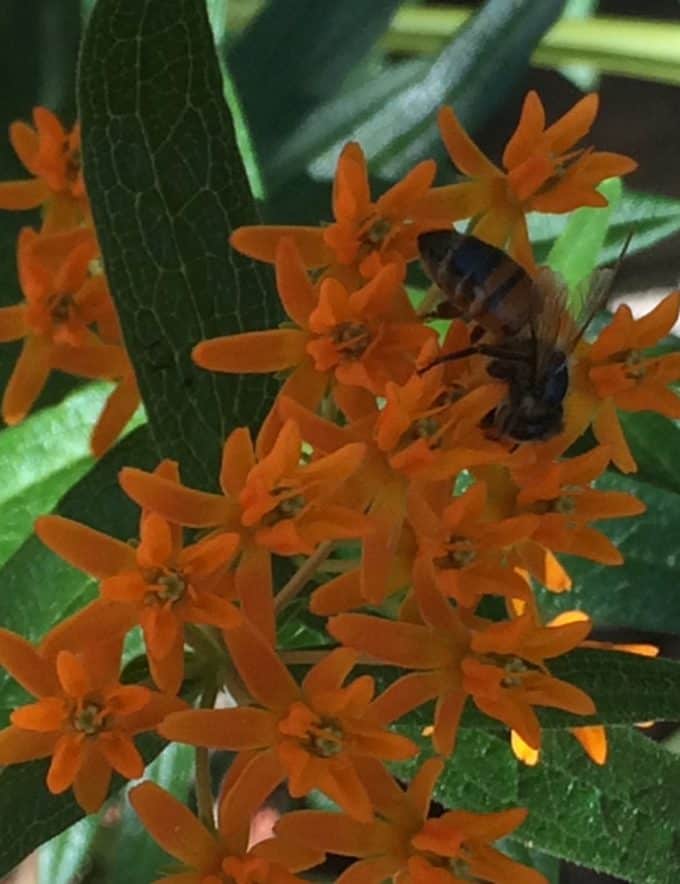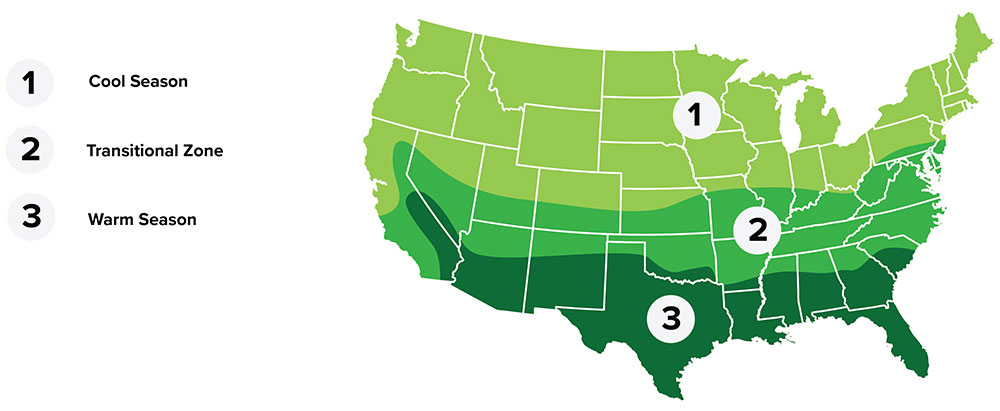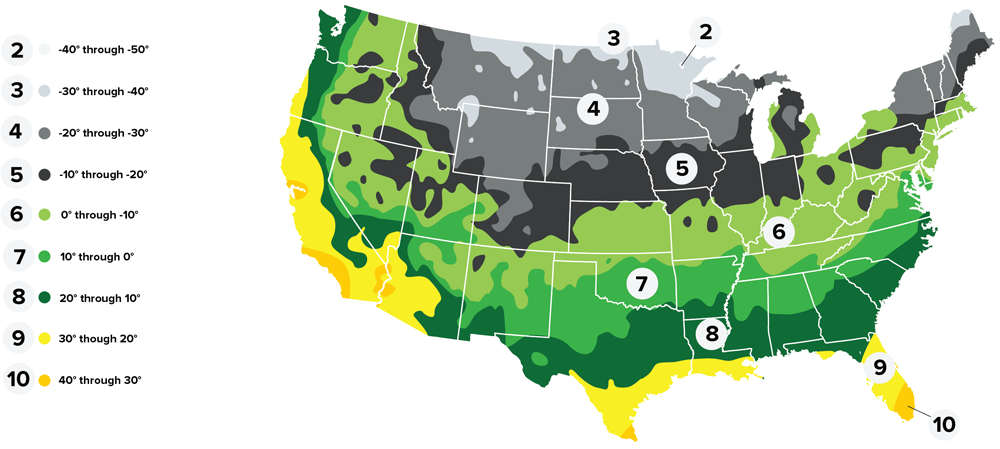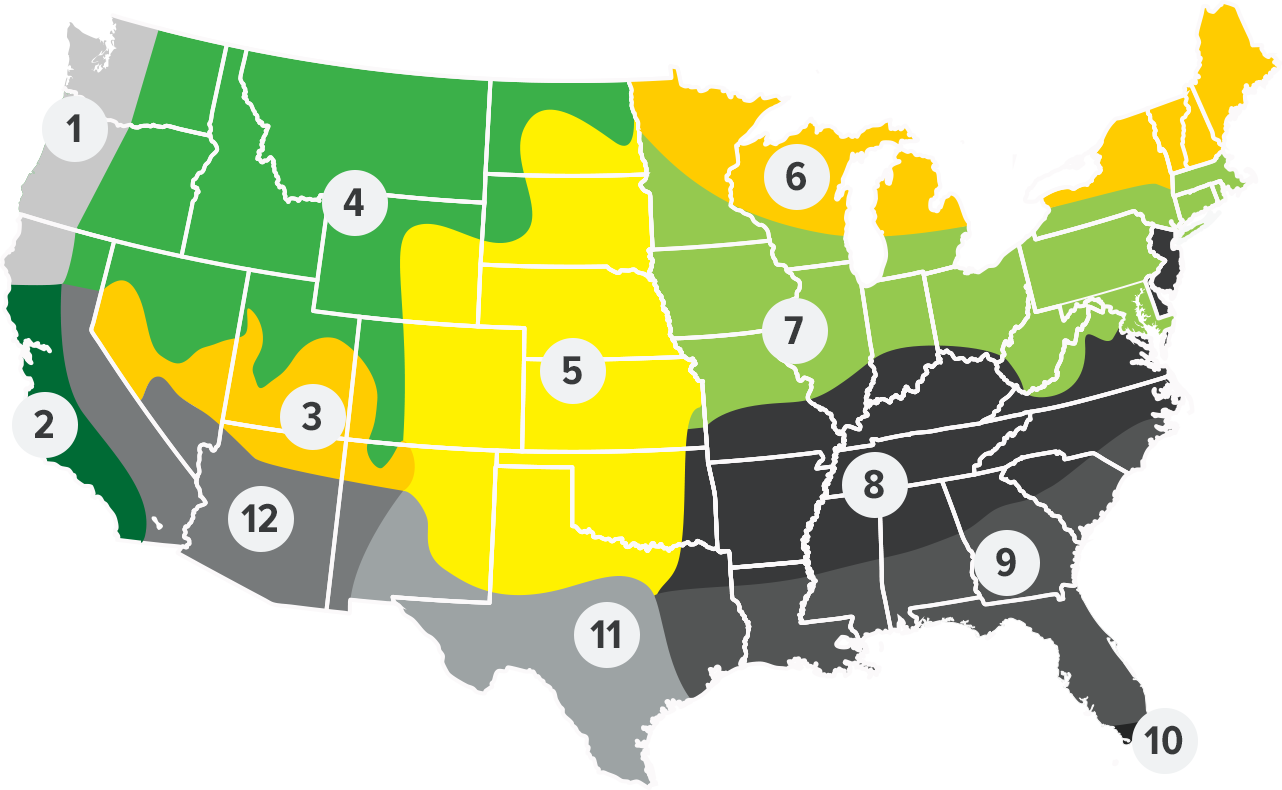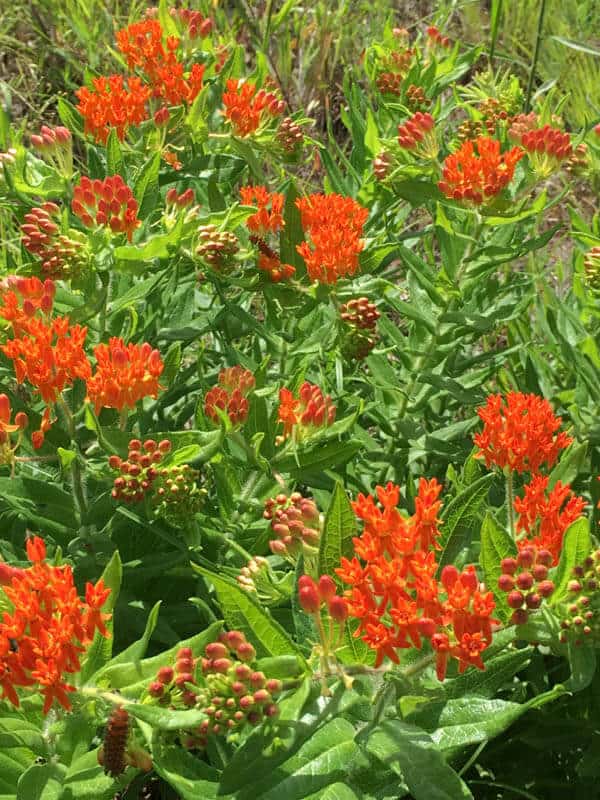
BUTTERFLY MILKWEED SEED
Summary
Butterfly Milkweed, a cherished native plant, thrives in a variety of soil conditions, ranging from average to dry to medium, as long as the soil is well-drained and the location receives full sun exposure. This species is particularly notable for its exceptional drought tolerance, making it an excellent choice for gardens and landscapes in regions prone to dry spells.
In the spring, Butterfly Milkweed typically begins its growth cycle later than other plants. While it can be propagated from seed with relative ease, it’s important to note that it may take 2-3 years for the plants to reach maturity and produce flowers. This patience is rewarded with stunning blooms that attract a myriad of pollinators, particularly butterflies, hence the plant’s common name.
One aspect to consider when cultivating Butterfly Milkweed is its deep taproot, which makes transplanting challenging. Due to this characteristic, it’s advisable to plant seeds directly in their intended location rather than attempting to move established plants. This taproot adaptation allows the plant to access water and nutrients from deeper soil layers, enhancing its drought resistance and overall resilience.
Overall, Butterfly Milkweed is a beautiful and beneficial addition to any landscape, offering not only vibrant blooms but also ecological value as a nectar source for pollinators. With its adaptability to various soil types and remarkable drought tolerance, this native species exemplifies the beauty and resilience of North American flora.
Be sure to check out our wide selection of native wildflowers!
Learn more about wildflowers in our “Growing with Us” podcast!
Plant Characteristics
Taxonomy
Zone
- Regional Growing Zone
- 1 - Northwest Coastal, 4 - Mountain, 5 - Midwest, 6 - Northeast Lakes, 7 - Great Lakes South, 9 - Southeast, 11 - South Texas, 12 - Southwest
- USDA Plant Hardiness Zones
- 3, 4, 5, 6, 7, 8
- Temperature Zone
- Warm, Cool, Transitional
Plant Characteristics
- Height
- 18" - 24"
- Bloom Period
- Mid-Summer
- Bloom Color
- Orange
- Leaf Color
- Green
- Growing Cycle
- Perennial
- Growth Habit
- Rhizomatous
- Sun Requirement
- Full Sun
Plant Information
- Planting Season
- Fall
- Plant Depth
- 0.25" - 0.5"
- Minimum Soil Temp for Germination
- 65° F
- Establishment
- Hard
Seed Information
- Seeds Per Pound
- 70,000
- Kingdom
- Plantae
- Subkingdom
- Tracheobionta
- Super Division
- Spermatophyta
- Division
- Magnoliophyta
- Class
- Magnoliopsida
- Subclass
- Asteridae
- Order
- Gentianales
- Family
- Asclepiadaceae
- Genus
- Asclepias
- Species
- Asclepias tuberosa
Coverage Area & Available Sizes
Applications
Attractive in mass plantings as well as in species mixes
Larval host for Monarchs, and nectar source for pollinators









